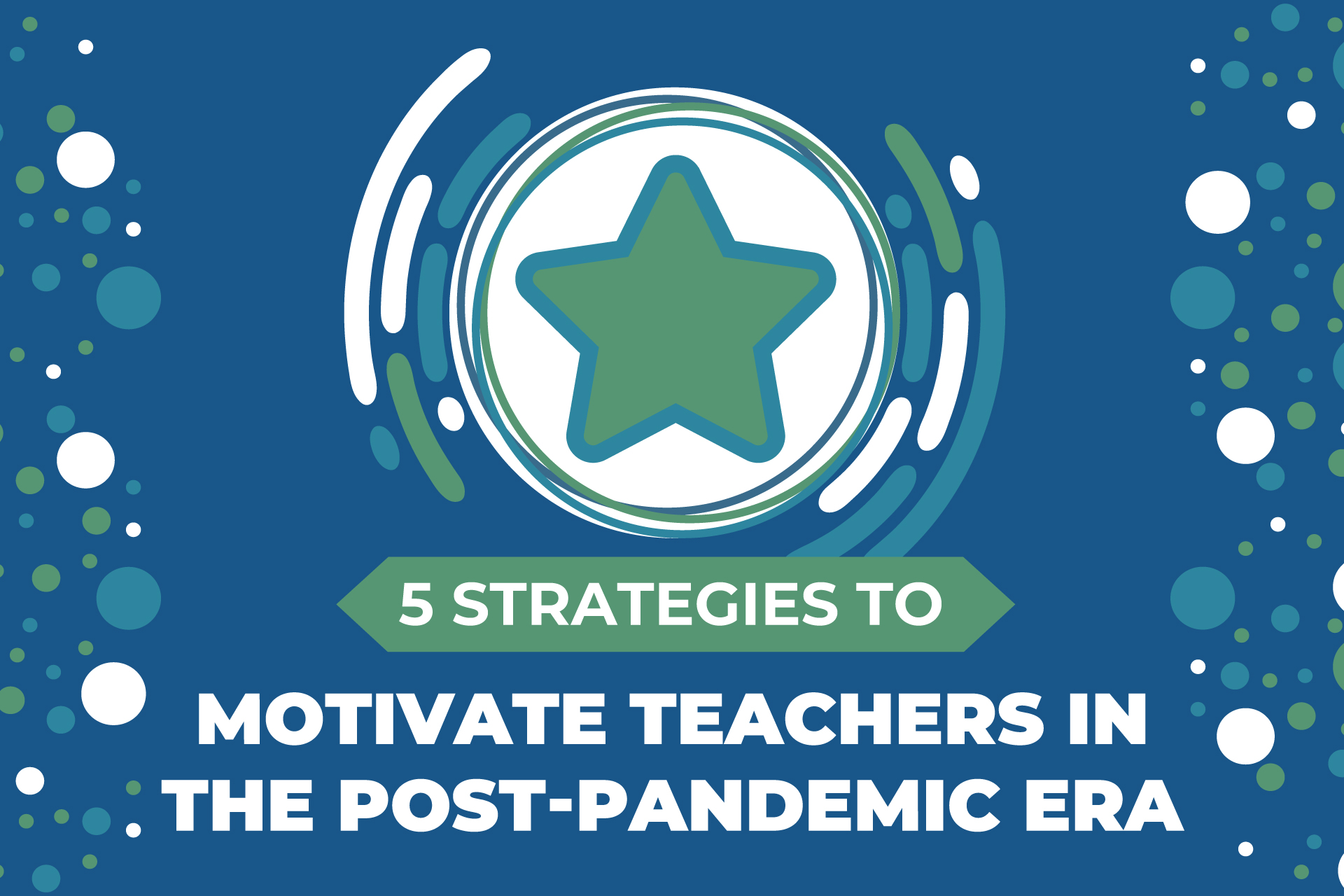As we navigate the ever-evolving landscape of teaching and learning post-pandemic, it’s essential to acknowledge that our journey forward is markedly different from pre-2020. With shifting societal norms, heightened parent expectations, and increased teacher burnout, the challenges we face are significant. The lingering effects of interrupted learning, particularly in primary grades, only add to the complexity, making it more crucial than ever for administrators to address teacher motivation and combat the looming threat of “mass exodus” or “quiet quitting.”
Response to the pandemic necessitated rapid adaptations in teaching strategies, often at the expense of effectiveness, to accommodate the transition between in-person and virtual learning. Educators worked tirelessly to keep students engaged, but it’s time to pivot back to our core strength: delivering high-quality instruction in person. Re-engaging with teachers on effective instructional practices is paramount to restoring confidence and sustaining motivation within our school communities.
1. Celebrate Excellence Through Walkthroughs:
One effective method to support quality instruction is to shine a light on the exemplary practices already present in classrooms. Implementing regular walkthroughs, guided by an instructional framework, provides opportunities for positive reinforcement through notes of praise. By showcasing these successful strategies and fostering a culture of reflection and continuous improvement, teachers are inspired to enhance their own practices.
2. Tailor Professional Development to Teachers’ Needs:
Recognizing that learning and growth are inherently motivational, administrators should tailor professional development to meet the diverse needs and interests of their faculty. By aligning best practices with faculty interests and providing background data on current trends, administrators can create high-leverage learning opportunities that empower teachers to elevate their craft.
3. Support New Teachers:
Investing in the support and development of new teachers yields significant returns in bolstering teacher morale and efficacy. Establishing structured support systems such as New Teacher Academies and mentorship programs ensures that new educators receive the guidance and resources they need to thrive. By nurturing their confidence and competence from the outset, administrators lay a solid foundation for sustained motivation and success.
4. Provide Accessible Resources with AVANTI:
Given the time constraints faced by teachers, providing accessible resources is crucial. Platforms like AVANTI offer customizable video tutorials on high-leverage instructional practices, complemented by printable resources. By equipping teachers with readily available tools for professional growth, administrators empower them to efficiently enhance their teaching effectiveness.
5. Foster Collaborative Learning Through Instructional Rounds:
Transforming walkthroughs into instructional rounds fosters collaborative learning and dialogue among teachers. By observing and discussing effective instructional practices together, educators glean insights and strategies to improve their own teaching. These collective learning experiences not only bolster confidence but also foster a culture of shared expertise and continuous improvement.
In Conclusion:
As administrators, it’s imperative to prioritize initiatives that uplift and motivate our teachers. By celebrating excellence, tailoring professional development, supporting new teachers, providing accessible resources, and fostering collaborative learning, we can cultivate a culture of empowerment and excellence within our school communities. Let’s remember that investing in our teachers’ morale and confidence ultimately translates to improved student outcomes and a more vibrant educational ecosystem.

